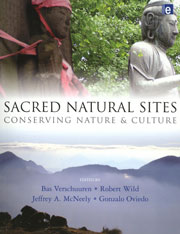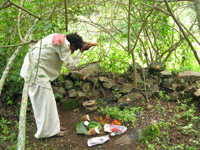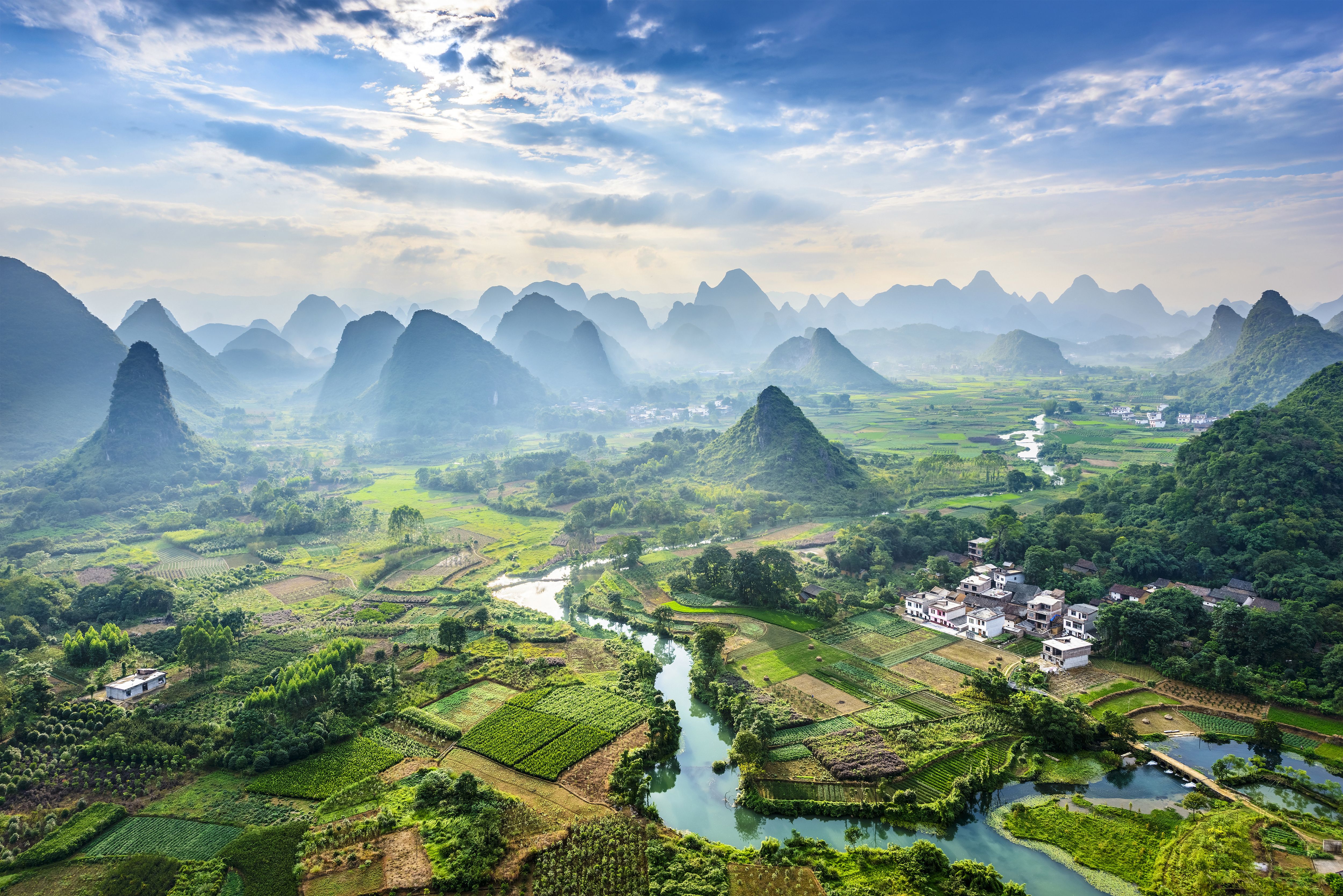Sacred Natural Sites, Conserving Nature and Culture
A new book, Sacred Natural Sites: Conserving nature and culture , has been launched by IUCN at the Convention on Biological Diversity conference in Nagoya, Japan. The book is based on experience from around the world which highlights the importance of sacred natural sites in biodiversity conservation and the long-standing relationships between nature and people.
Sacred natural sites include areas recognized as sacred by indigenous and traditional peoples and areas recognized by religions or faiths as places for worship and remembrance. They are the world's oldest conservation areas and contain high levels of biological and cultural diversity and often included in ICCAs. They protect a wide variety of habitats, guard traditional customs, practices and knowledge related to biodiversity conservation and promote mutual respect between people and nature.
But today this global natural and social conservation network is not sufficiently understood or recognized. It is under-funded and increasingly under threat. As we continually promote development at the expense of the natural world, we are destroying these sites through ignorance, overconsumption and overexploitation of resources. We are also largely unaware of their significance in maintaining and restoring meaningful and sustainable relationships between humans and nature.
The book has been edited by Bas Verschuuren and Robert Wild whom are both chairing IUCN's Specialist Group on Cultural and Spiritual Values of Protected Areas. They were assisted by Jeffrey McNeely, IUCN's Science Advisor and Gonzalo Oviedo, IUCN's Senior Social Policy Officer. The book features has a foreword from Julia Marton Lefevre whom since the launch of “Sacred Natural Sites, Guidelines for Protected Area Managers” (WCPA BPG 16, available in English, Spanish, Russian and Japanese) has been a strong promoter for the work on sacred natural sites as part of a social conservation network.
The book contains 27 chapters contributed by 55 authors which focus on a wide geographical spread of both iconic and lesser known examples of sacred natural sites. These sites exist in and outside protected areas or other designated areas and include the sacred groves of the Western Ghats (India), the sacred mountains of Sagarmatha /Chomolongma (Mt Everest, Nepal, Tibet - and China), the Golden Mountains of Altai (Russia) and the Holy Island of Lindisfarne (UK) and the sacred lakes of the Niger Delta (Nigeria).
Networks of sacred natural sites are found in every country. Many of them are hotspots of biocultural diversity. Although The Convention on Biological Diversity recognizes their importance, the need for greater recognition, conservation and restoration should be made more explicit. The authors also highlight the need to recognize the crucial role that custodians of these areas play in the protection of their natural and cultural diversity.
Custodians play a vital role in the governance of their community and their relationship with the earth. They have some unique knowledge of cultural and spiritual practices, traditional medicine, livestock breeding and agricultural cycles. They contribute to universal values that maintain people's relationships with the earth. Better management of these areas will need to go hand in hand with recognition and respect for the sound conservation knowledge of custodians and communities. This requires support from policy makers, conservation experts, lawyers and academics. Sacred natural sites provide models of the deepest ethical relationships of humanity with nature, critical signposts for all of us given the serious global challenges humanity is facing.
For more information, please contact:
Bas Verschuuren, Co-chair of IUCN's Specialist Group on Cultural and Spiritual Values of Protected Areas, e-mail: basverschuuren@gmail.com
Text by the editors of the book and IUCNs communications unit, adapted from here.





